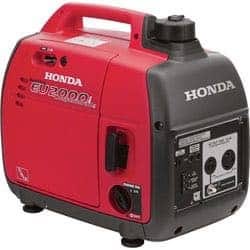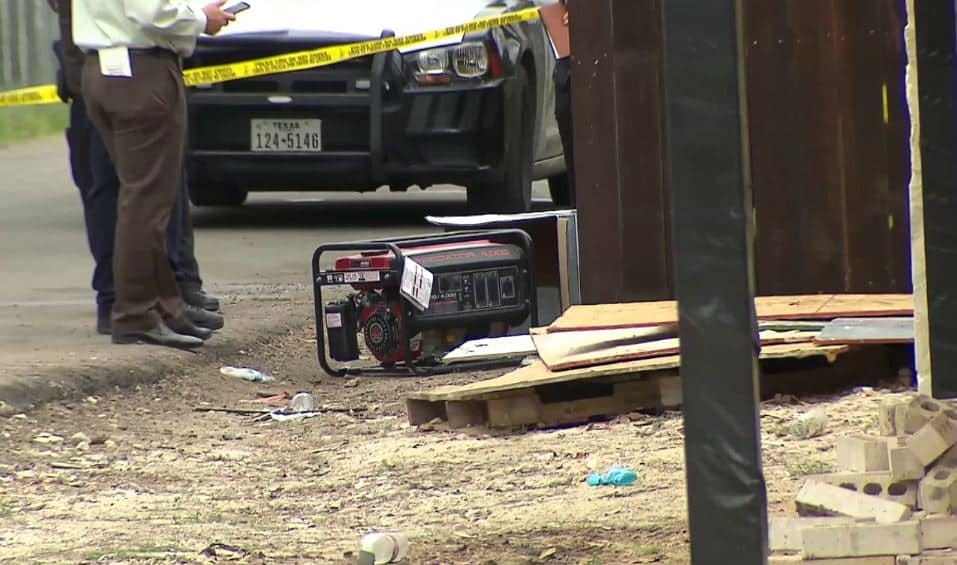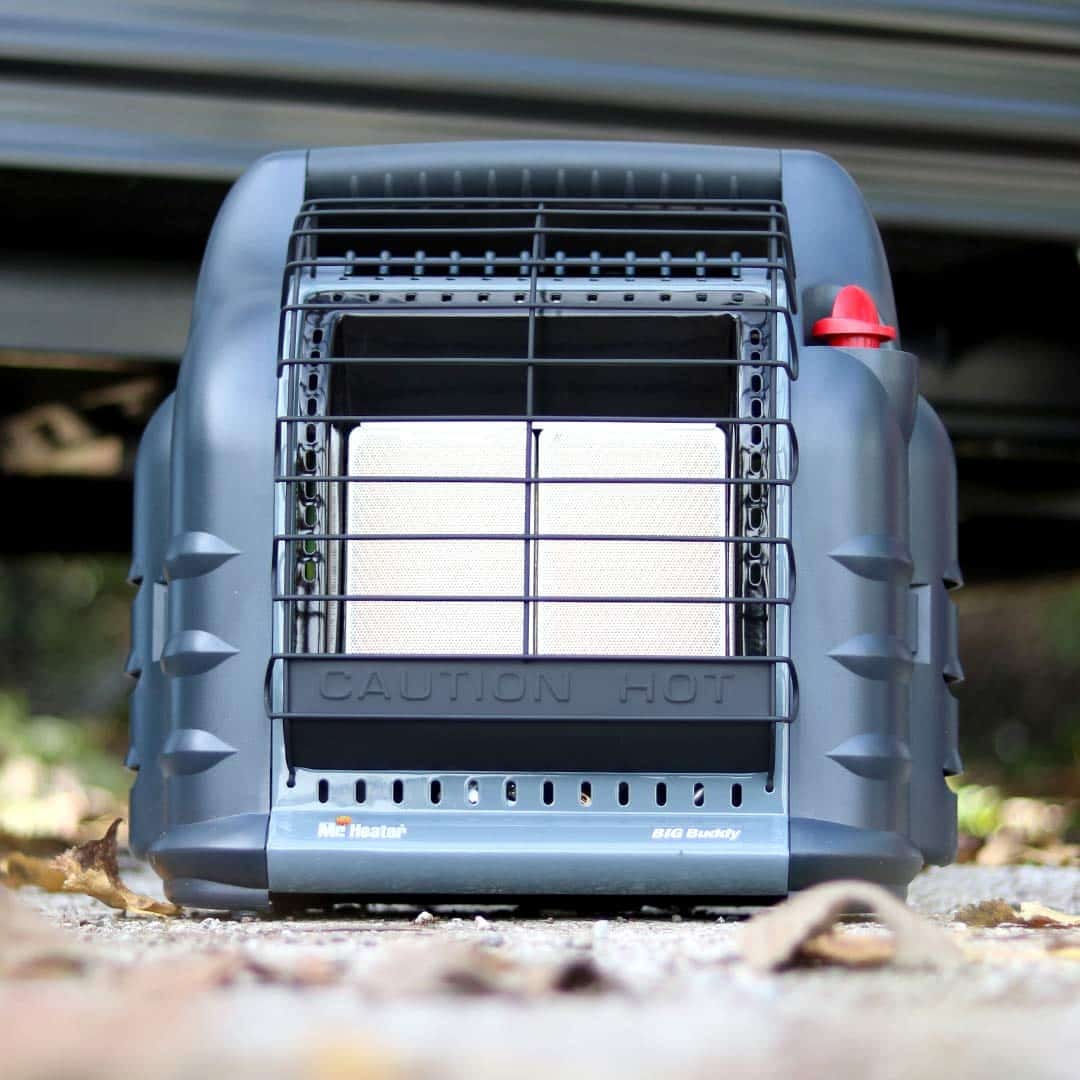Generator Carbon Monoxide Warning
If you lose power, don't be tempted to run a generator close to your house or in an attached garage
Keeping you distance…
There’s been a lot of power outages in the last week due to the ongoing winter storms affecting millions of people. So I’m watching for more deaths from Carbon Monoxide poisoning due to portable generators being operated too close to living spaces.
Recent CO deaths
This isn’t just for RV usage since there appears to have been several more families who died from exhaust fumes from portable generators. Because there could be millions of homes without electric power, generators will be everywhere. But all generators carry a hidden danger that can’t be seen or felt. Yes, it’s carbon monoxide poisoning, or CO poisoning for short.
First things first
So, first of all, does everyone have an operational carbon monoxide alarm in their house and RV? Your RV should already have a DC-powered version of this. If not, then get thee to a big box store and buy one TODAY.
Remember that not only can a generator create a fatal dose of CO fumes, anything that burns fossil fuel can create this colorless, odorless gas that will lull you to sleep and kill you while you’re dreaming. So even an improperly vented home furnace or a portable propane heater can generate CO gas.
Generator placement
The first rule is NEVER place any kind of generator inside of an occupied structure – and that includes the porch or attached garage. All generators create carbon monoxide, and it takes surprisingly little time for it to build up.
Keep your distance
Also, a portable generator should be kept at least 20 feet away from any windows on your house or RV. And never place it UNDER your RV while running to keep it safe from thieves and the weather (which I have indeed seen more than once). While this may seem impractical in some situations, especially if you’re worried about someone stealing your expensive generator, then consider the possible tragic consequences of sucking in exhaust fumes via an unsealed window or vent on your RV while you and your family sleep.
Don’t let it walk away
One possible solution that I’ve seen to keep your generator from walking away is to secure it in the bed of the tow vehicle by chaining it in place. Or put it in front of your truck on the ground and chain it to the bumper. Those would seem to be good solutions to the stealing problem if you have a towable RV, plus it locates the generator far enough away from your RV to prevent CO infiltration.
Any burning fuel can create CO fumes
Just remember, anything that burns a fuel of any sort can generate deadly carbon monoxide gas, even catalytic heaters on propane if something goes wrong. And while many indoor propane heaters have a low oxygen sensor that will shut them down automatically, I can’t find any that include a carbon monoxide detector. So adding a CO alarm in your house is one of the best lifesaving investments you can make to protect yourself and your family.
Generators with CO detection
Note that many modern generators now include automatic CO detection and shutdown, which is a great safety feature. However, this can be defeated if the generator is located too close to your house and the exhaust fumes makes it into your living space. So don’t bet your life on it. Be sure to have a CO detector inside of your house. .
OK, everyone. Remember that electricity is a useful and powerful force, so we all need to pay attention to safety precautions while using it.
Let’s play safe out there… Mike











Thank you for discussing this. I work at a large Hyperbaric chamber facility and we see many CO poisonings. Average about 30 per year. Many, if not the majority, being caused by generators. Can't emphasize enough the need for CO detectors in the house or RV.
Great to be reminded of the dangers of carbon monoxide poisoning. Those of us who use generators a lot can get stuck in our old habits and should re-think their use from a safety perspective form time to time as things do change and new information becomes available. Thanks Mike!